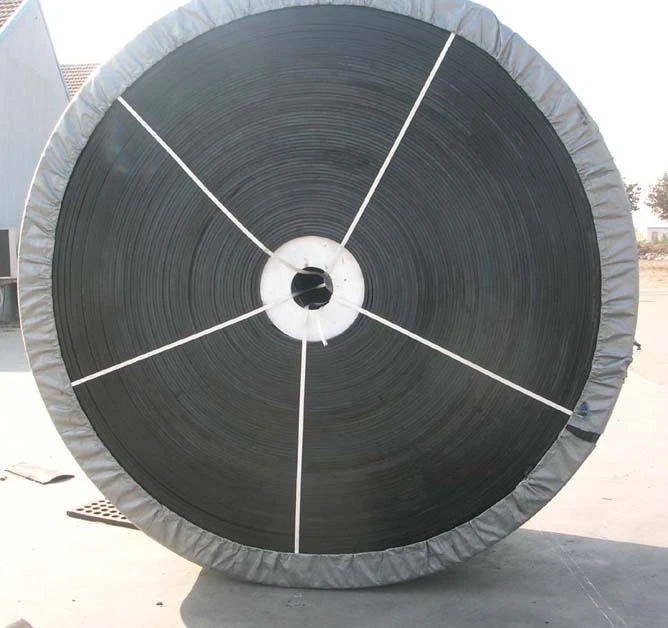 Afrikaans
Afrikaans  Albanian
Albanian  Amharic
Amharic  Arabic
Arabic  Armenian
Armenian  Azerbaijani
Azerbaijani  Basque
Basque  Belarusian
Belarusian  Bengali
Bengali  Bosnian
Bosnian  Bulgarian
Bulgarian  Catalan
Catalan  Cebuano
Cebuano  Corsican
Corsican  Croatian
Croatian  Czech
Czech  Danish
Danish  Dutch
Dutch  English
English  Esperanto
Esperanto  Estonian
Estonian  Finnish
Finnish  French
French  Frisian
Frisian  Galician
Galician  Georgian
Georgian  German
German  Greek
Greek  Gujarati
Gujarati  Haitian Creole
Haitian Creole  hausa
hausa  hawaiian
hawaiian  Hebrew
Hebrew  Hindi
Hindi  Miao
Miao  Hungarian
Hungarian  Icelandic
Icelandic  igbo
igbo  Indonesian
Indonesian  irish
irish  Italian
Italian  Japanese
Japanese  Javanese
Javanese  Kannada
Kannada  kazakh
kazakh  Khmer
Khmer  Rwandese
Rwandese  Korean
Korean  Kurdish
Kurdish  Kyrgyz
Kyrgyz  Lao
Lao  Latin
Latin  Latvian
Latvian  Lithuanian
Lithuanian  Luxembourgish
Luxembourgish  Macedonian
Macedonian  Malgashi
Malgashi  Malay
Malay  Malayalam
Malayalam  Maltese
Maltese  Maori
Maori  Marathi
Marathi  Mongolian
Mongolian  Myanmar
Myanmar  Nepali
Nepali  Norwegian
Norwegian  Norwegian
Norwegian  Occitan
Occitan  Pashto
Pashto  Persian
Persian  Polish
Polish  Portuguese
Portuguese  Punjabi
Punjabi  Romanian
Romanian  Russian
Russian  Samoan
Samoan  Scottish Gaelic
Scottish Gaelic  Serbian
Serbian  Sesotho
Sesotho  Shona
Shona  Sindhi
Sindhi  Sinhala
Sinhala  Slovak
Slovak  Slovenian
Slovenian  Somali
Somali  Spanish
Spanish  Sundanese
Sundanese  Swahili
Swahili  Swedish
Swedish  Tagalog
Tagalog  Tajik
Tajik  Tamil
Tamil  Tatar
Tatar  Telugu
Telugu  Thai
Thai  Turkish
Turkish  Turkmen
Turkmen  Ukrainian
Ukrainian  Urdu
Urdu  Uighur
Uighur  Uzbek
Uzbek  Vietnamese
Vietnamese  Welsh
Welsh  Bantu
Bantu  Yiddish
Yiddish  Yoruba
Yoruba  Zulu
Zulu conveyor hanger
Understanding Conveyor Hangers A Vital Component in Material Handling Systems
In the world of material handling and logistics, conveyor systems play a fundamental role in streamlining operations and improving efficiency. One critical yet often overlooked component of these systems is the conveyor hanger. While they may not be the most glamorous part of a conveyor system, conveyor hangers are pivotal in ensuring that materials move smoothly and effectively along their designated paths. This article delves into the significance of conveyor hangers, their types, applications, and best practices for selection and maintenance.
The Role of Conveyor Hangers
Conveyor hangers serve as support structures that hold the conveyor system in place. They ensure that the conveyor belts, chains, or rollers remain aligned, providing stability and reducing the risk of misalignment that could lead to mechanical failure or safety hazards. When constructed and installed correctly, conveyor hangers minimize vibrations and facilitate the seamless movement of materials. This, in turn, enhances operational efficiency and prolongs the lifespan of the conveyor system.
Types of Conveyor Hangers
There are several types of conveyor hangers, each designed for specific applications and requirements. The most common types include
1. Fixed Hangers These are permanently mounted and provide stability to the conveyor system. Fixed hangers are typically made from steel or other durable materials, ensuring they can withstand the rigors of heavy loads and continuous operation.
2. Adjustable Hangers These offer flexibility in height and positioning, allowing operators to fine-tune the setup according to the needs of the operation. Adjustable hangers are essential in environments where height constraints or varying loads are prevalent.
3. Tension Hangers Used in systems that require tensioning of the conveyor belt, these hangers help maintain the optimal tension needed for the system to operate efficiently. Proper tension is crucial for minimizing wear and tear on belts and other components.
4. Specialty Hangers Some applications may require unique hangers, such as those designed for high-temperature environments or corrosive atmospheres. These hangers are engineered using materials that can withstand specific stresses related to the operational environment.
Applications of Conveyor Hangers
Conveyor hangers are ubiquitous in various industries, including manufacturing, warehousing, and distribution. They are commonly found in
conveyor hanger

- Automotive Production In automotive factories, conveyor systems transport parts between different stages of manufacturing. Reliable hangers ensure smooth operations and reduce downtime.
- Food and Beverage In the food industry, conveyance systems transport products through various processes. Hygiene standards necessitate the use of materials that are easy to clean and resistant to corrosion, making the selection of appropriate hangers critical.
- E-commerce and Logistics With the rising demand for quick delivery times, efficient conveyor systems powered by quality hangers are essential for sorting and shipping operations.
Best Practices for Selecting and Maintaining Conveyor Hangers
Choosing the right conveyor hangers is crucial for the overall performance of the system. Here are some best practices to follow
1. Assess Load Requirements Understand the weight and type of materials being transported. This information will guide the selection of hangers that can securely support the system.
2. Consider Environmental Factors Evaluate the operational environment. If the conveyor system is exposed to extreme temperatures or harsh chemicals, select hangers made from appropriate materials that resist corrosion and degradation.
3. Regular Maintenance Routine inspections and maintenance of conveyor hangers are vital to preventing potential failures. Ensure that all fasteners are tight, check for signs of wear, and replace hangers as needed to maintain system integrity.
4. Expert Consultation When in doubt, consult with manufacturers or suppliers who specialize in conveyor systems. They can provide insights and recommendations tailored to specific needs and conditions.
Conclusion
Conveyor hangers may not be the most prominent feature in a material handling system, but they are undeniably essential for the system's success. Understanding their types, applications, and maintenance needs can lead to better operational performance and increased safety. As industries continue to evolve and demand more from their logistics and material handling solutions, prioritizing the selection and maintenance of conveyor hangers will be critical for sustained efficiency and effectiveness. By investing the necessary attention into these components, businesses will ultimately pave the way for smoother operations and improved outcomes in their supply chains.
-
Revolutionizing Conveyor Reliability with Advanced Rubber Lagging PulleysNewsJul.22,2025
-
Powering Precision and Durability with Expert Manufacturers of Conveyor ComponentsNewsJul.22,2025
-
Optimizing Conveyor Systems with Advanced Conveyor AccessoriesNewsJul.22,2025
-
Maximize Conveyor Efficiency with Quality Conveyor Idler PulleysNewsJul.22,2025
-
Future-Proof Your Conveyor System with High-Performance Polyurethane RollerNewsJul.22,2025
-
Driving Efficiency Forward with Quality Idlers and RollersNewsJul.22,2025





























